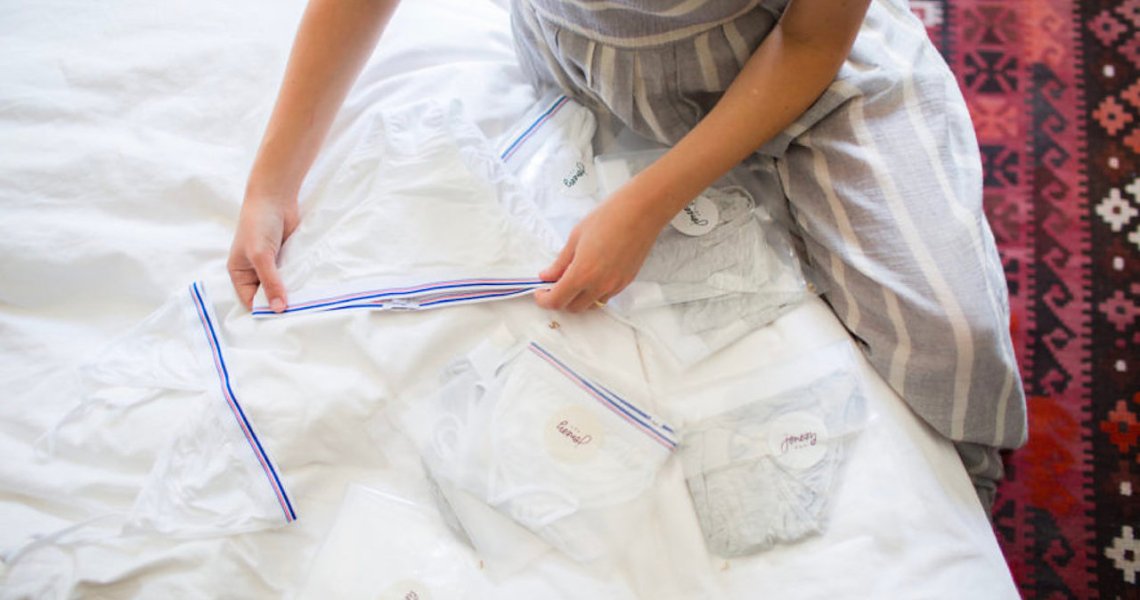In the early days of the coronavirus’ first impacts on the fashion ecosystem, factories in China were closed for the Lunar New Year and the effects were not immediately apparent. Brands took short-term measures, like having people work from home and call into meetings. But now, as the global ripple effect of the outbreak has reached every corner of fashion and beauty, brands are starting to realize the long-term measures that may be needed to deal with the coronavirus.
For a number of companies, especially those that rely on China or other parts of Asia for a significant portion of their business, the long-term effects can be potentially devastating. The Chinese government has put quarantine measures into effect, forbidding millions of workers to travel to work and temporarily shutting down factories for weeks at a time, disrupting global supply chains. To combat the effects of a total international interruption in business, brands are considering everything from finding new partners in other parts of the world to putting their companies on a hiatus.
Rachel Jones, founder and designer of DTC underwear brand Jonesy, has had to come up with alternate plans much quicker than others. Her brand starts working on product over a much shorter time frame than most: three months from ideation to product drop, as opposed to a more typical six months. While Jonesy is manufactured in New York City, most of the materials used in the products come from China. With a shutdown in China, Jones said she’s been unable to get any of the fabric she needs for the next drop.
“Right now, I have enough leftover fabric that I could use for maybe two months, tops,” Jones said. “So we’ve really had to adapt our spring plan. I think for DTC brands, even the ones that are about sustainability, there’s this obsession with newness — new colors, new styles, new designs all the time. One outcome of all this is brands may have to put their money where their mouth is and make do with a more limited supply of materials.”
Some data from Edited supports Jones’ view that brands will need to sacrifice newness and hope customers stay on board. In the last month, the number of new apparel products available in China fell by 74%, though overall sell-through of products only fell by 19%. This suggests customers are only marginally discouraged from purchasing by a lack of new products.
Jones has been in constant contact with her partners in China through WeChat, just like other brands dealing with the outbreak including Keds. She’s hopeful that one of her factories will be open within the month, but if not, she’ll have to find other fabric suppliers in the U.S. Not only would this be more difficult, since the fabrics she uses in the majority of Jonesy underwear — modal and elastene — are harder to find outside of China, but it would also be significantly more expensive, she said.
For the partners Jonesy has that are not yet closed, like a provider of trims in Japan, Jones said she’s working to order as much product as she can to last her as long as possible.
Ad position: web_incontent_pos1
For other brands that rely more heavily on partners in Asia, there aren’t as many options. Feit, a handmade leather shoe brand, does most of its manufacturing in China using a team of 50 highly trained craftsmen. The Feit factory where the shoes are made has been closed down for weeks, according to founder Tull Price.
Like Jonesy, Price said Feit has the next few product launches ready to go, having worked on them before Lunar New Year to account for the holiday. But once that product is out there, Feit has few options in terms of making more product until the outbreak is contained.
“Our factory is completely shut down, and our wholesale partners in China are doing zero business right now,” Price said. “If it continues this way, we’ve talked about a lot of options, all the way up to hibernating the business if it really drags on. It’s been devastating and hugely disruptive.”
He added, “One thing that it shows is that it’s important to diversify and not have everything invested in one place.”


